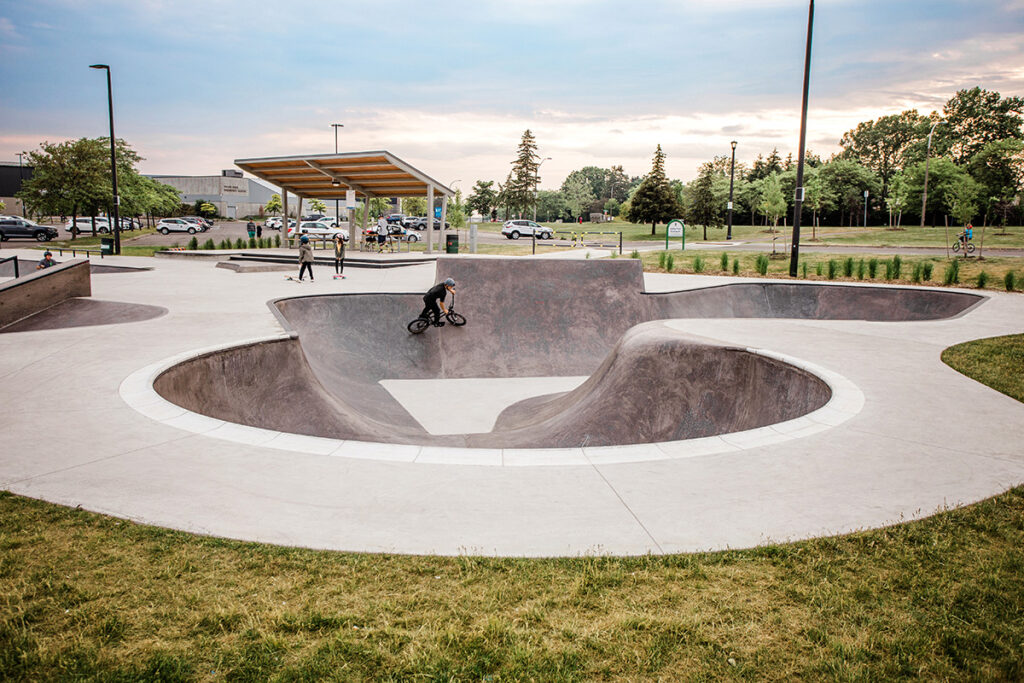
For many people, the sight of a skatepark brings up certain stereotypes: noisy teenagers, risky tricks, and a space that feels unwelcoming to outsiders. But spend even 10 minutes watching what’s really going on, and you’ll see a very different picture.
Yes, skateboarding has a rebellious history, but that’s part of its charm. It’s an art form as much as a sport, requiring discipline, resilience, and incredible control. The skaters you see dropping into a bowl or working on a trick for the fiftieth time aren’t trying to cause trouble—they’re chasing the satisfaction that comes with pushing your limits and finally nailing something you’ve been working on for weeks.
The truth is, skateparks often function as safe spaces for young people who might not fit into traditional sports teams. They’re inclusive by nature; it doesn’t matter what you look like, where you come from, or how expensive your board is—what matters is that you’re there to skate, learn, and encourage others. More experienced skaters often go out of their way to welcome beginners, offering tips, clapping for a landed trick, or simply making room in the flow of the park.
Are there loud moments? Sure. But that energy is part of the passion. Beneath the clang of boards hitting concrete is a rhythm of trial, error, and support. It’s not about showing off to intimidate—it’s about expressing yourself in motion.
If you’ve ever felt hesitant to approach a skatepark, try stopping by and just watching for a while. You might see a 12-year-old fist-bump a 40-year-old after a good run. You might see strangers cheer for someone they’ve never met. You might even be invited to give it a try yourself.
Skateparks aren’t dangerous hangouts—they’re living, breathing hubs of creativity and resilience. The only thing intimidating about them is how quickly you might start to wish you’d picked up a skateboard sooner. Just NEVER, I mean never, mall grab.